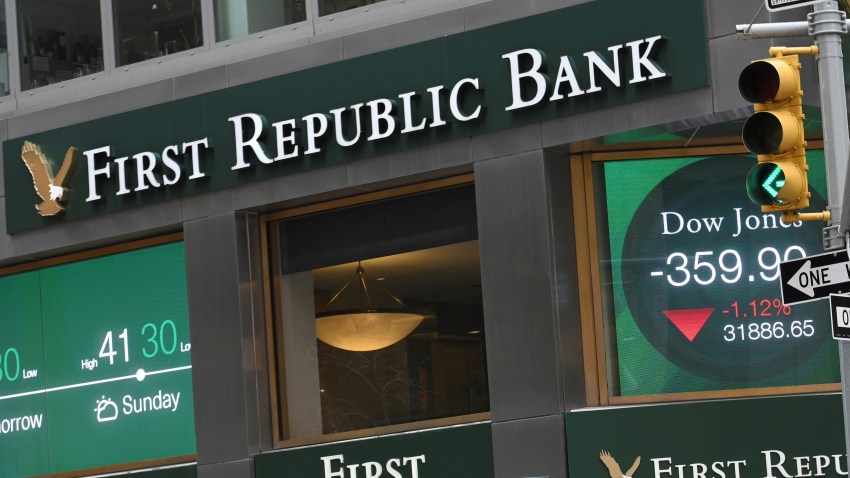In the past several weeks, the spectacle of executives at Silicon Valley Bank and Credit Suisse nervously trying to reassure markets even as their customers panicked provoked less shock than a sense of knowing exasperation among hardened analysts. There had been warnings about the disruptive impact that raising interest rates in order to tackle rampant inflation might have on the global economy. But the extent of the risks building up were only appreciated by the wider public, to say nothing of regulators, after the first banks began to topple.
Silicon Valley Bank and Credit Suisse, like Evergrande Group last year, are institutions that overlapped with key power structures in the U.S., Europe and China. As such, their fall symbolizes the vulnerability of a global financial system whose regulatory resilience was supposed to have been secured in the aftermath of the great financial crisis of 2008.
The mismanagement of interest rate risks by Silicon Valley Bank, or SVB—and the hysteria that gripped much of the tech sector as it discovered its level of exposure to SVB’s missteps—drew attention to the weaknesses of U.S. regional banks, which lie outside the tight regulatory frameworks enforced on a handful of key players in the U.S. banking system. The rapid collapse of Credit Suisse, which culminated in a takeover by rival UBS brokered by Swiss central bankers, signaled how vulnerable other European banks might be to a sudden loss of confidence. In China, the collapse of Evergrande Group in September 2022 demonstrated how vulnerable the Chinese economy had become to the accumulation of unsustainable debt in a dysfunctional property market.

